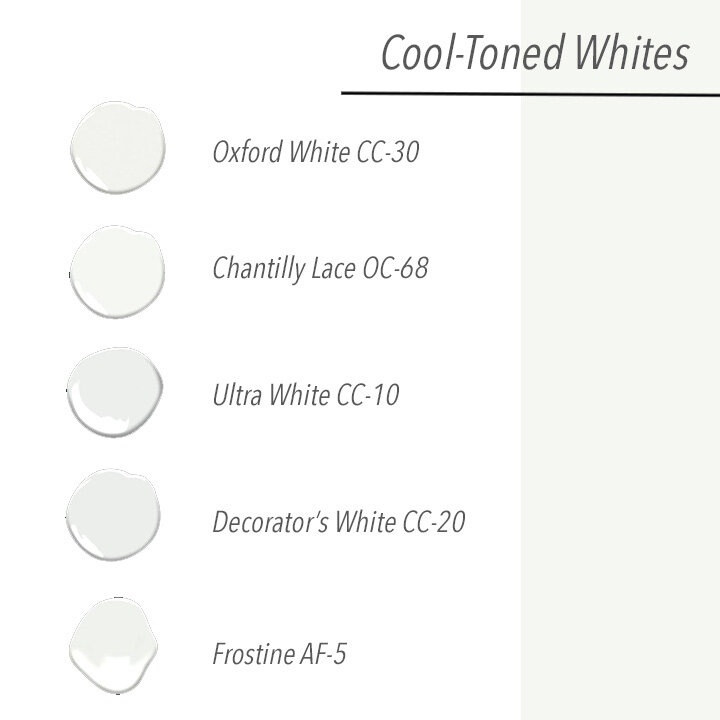How do I decide which Benjamin Moore paint product to use?
/When it comes to selecting paint, there are a few questions to ask to ensure you’re getting the best product for your project. Clancy’s Rainbow - Benjamin Moore carries 4 main interior paint lines and 3 exterior, as well as a handful of specialty products. Generally, as the price point increases, you’re receiving more quality coverage, durability, washability and longevity of colour value. This is because of the chemical process involved in creating each paint; typically the higher quality it is, the thicker the paint consistency, providing better results.
When determining which paint line to use, consider the colour, sheen, and location. Colour impacts this choice because the darker and/or more vibrant a colour is, the harder it is to cover (both coating over a dark colour and painting a dark colour light).
Sheen is a consideration primarily for matte finishes and this is because the higher the quality of paint, the more washable it will be. Although matte is the best for hiding existing blemishes, it tends to scuff more, so choosing a higher quality paint will add more resistance to scuff marks. On the flipside, semi gloss is the best for washability, but it will highlight existing blemishes.
Lastly, keep location in mind for determining the best product. High moisture areas should be protected with paint that has mouldecides and mildewcides built in, like Regal Select and Aura. Generally, higher traffic areas like kitchen, hallways, entrances require better protection from scuffs and thus higher quality paints work better to not have to touch up as often. For areas more susceptible to fingerprints, stickers and innocent drawings with crayons (a.k.a. kid’s rooms) either choose lower grade paint if you think you’ll be changing colours more frequently or higher quality scuff resistant paint, like Scuff X, to ensure durability throughout the growing years.
See the chart below for an overview of the main products available and their advantages.










